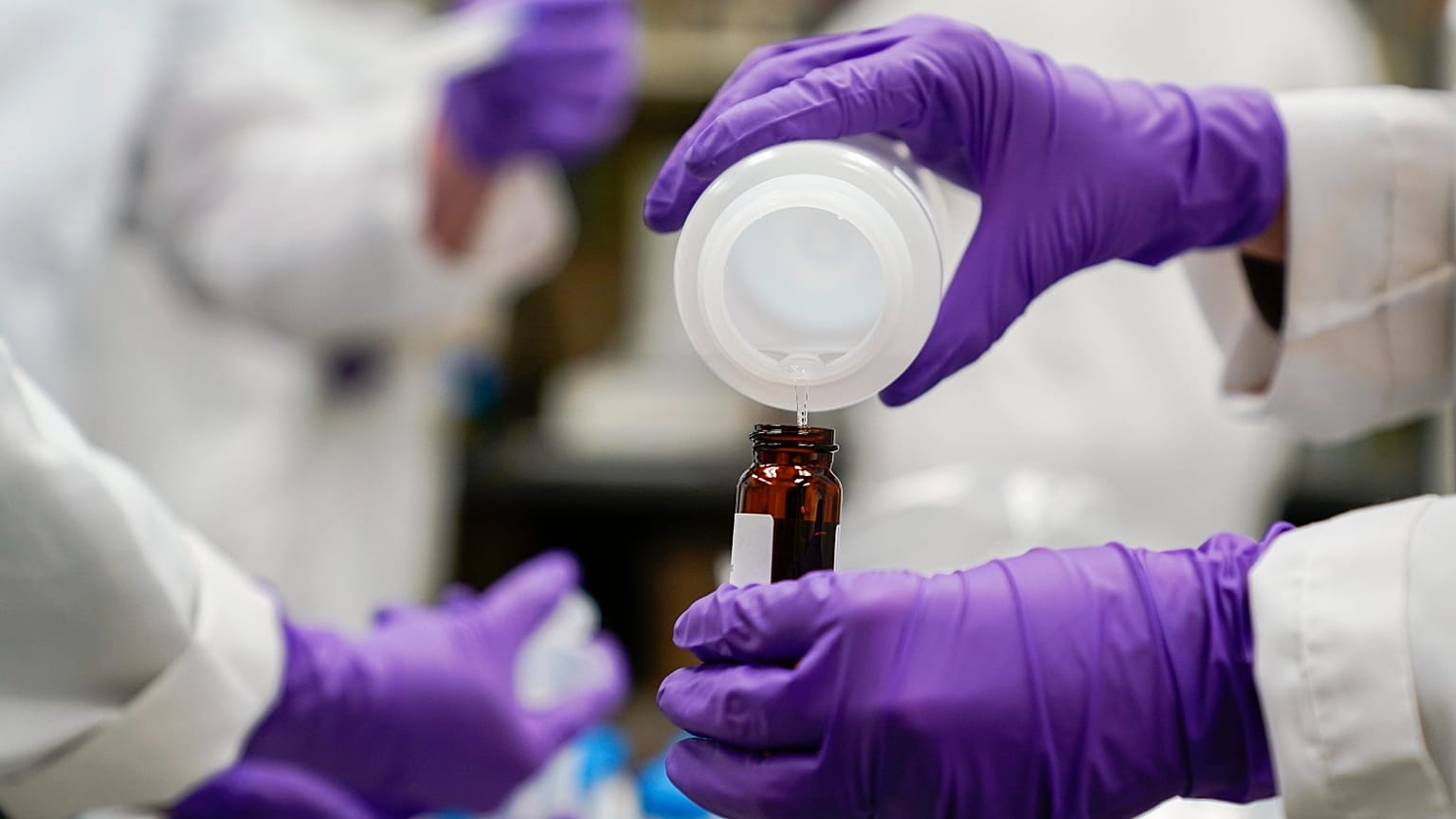A new study linked long-lasting chemicals such as PFAS and BPA to certain hormone-related cancers in women.
Women with previous cancer diagnoses had significantly higher levels of endocrine-disrupting “forever chemicals” exposure, according to new research.
The study published in the Journal of Exposure Science and Environmental Epidemiology found associations between long-lasting chemicals, such as PFAS and phenols (such as BPA), and cancers of the skin, ovaries, uterus and breast.
PFAS (per- and poly-fluoroalkyl substances) are man-made chemicals that break down slowly and can be found throughout the environment including in soil, water and air.
They have been used in a wide range of consumer products, such as non-stick cookware and water-repellent clothes.
Bisphenol A (BPA), one of the phenols tested, can be found in metals, plastics, and drinking water pipes.
Through public screening, Europeans have been found to have “alarmingly high” and widespread exposure to these chemicals.
This new study found that exposure to the PFAS chemicals PFDE, PFNA, and PFUA was associated with previous melanoma cancer diagnosis in women. Women with higher exposure to PFDE had double the odds of a previous skin cancer diagnosis.
Exposure to BPA and 2,5-dichlorophenol (used in dyes, moth balls, room and toilet deodorisers, and previously as an insecticide) was associated with ovarian cancer. There was also a link between PFNA and a prior diagnosis of uterine cancer.
“These PFAS chemicals appear to disrupt hormone function in women, which is one potential mechanism that increases odds of hormone-related cancers in women,” said lead author Amber Cathey, a research faculty scientist at the University of Michigan, School of Public Health, in a statement.
The researchers did not find the same association between these chemicals and certain cancers in men.
“These findings highlight the need to consider PFAS and phenols as whole classes of environmental risk factors for cancer risk in women,” said senior author Max Aung, an associate professor of environmental health at the University of Southern California (USC).
The study also looked at racial differences and found that white women had greater odds of previous cancer diagnosis with higher PFAS exposure.
Black and Mexican American women, meanwhile, were more likely to have previous cancer diagnosis with increased exposure to phenols and parabens.
The datasets included blood and urine samples from more than 10,000 people and the researchers came from the University of California, San Francisco (UCSF), University of Southern California (USC) and University of Michigan.
The study did not prove that these chemicals caused the cancer diagnoses but researchers said that future studies should explore the role of these hormone-disrupting chemicals on melanoma and ovarian cancers.


















